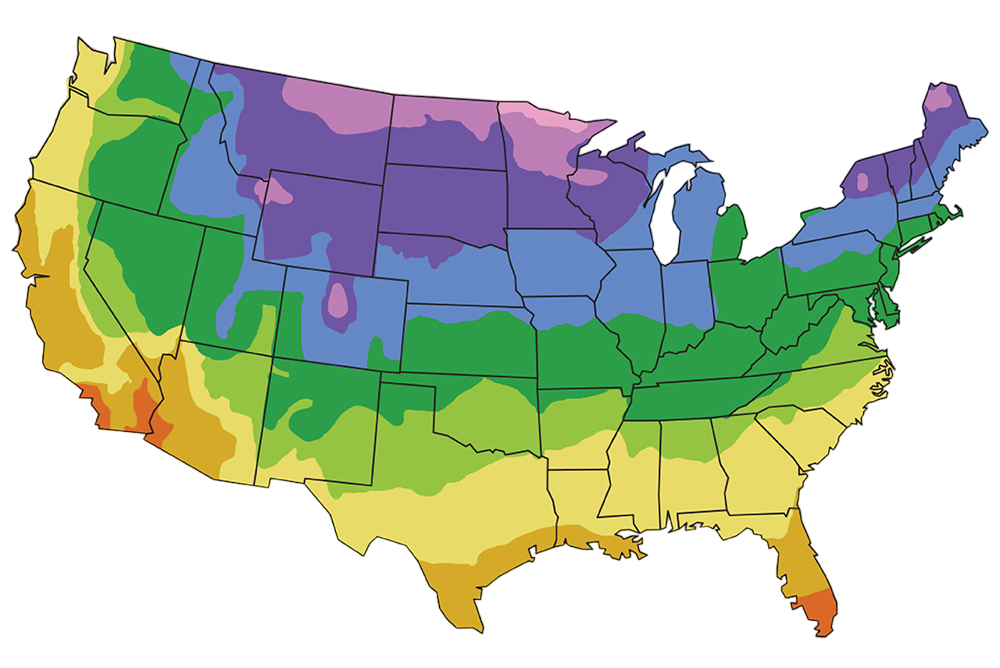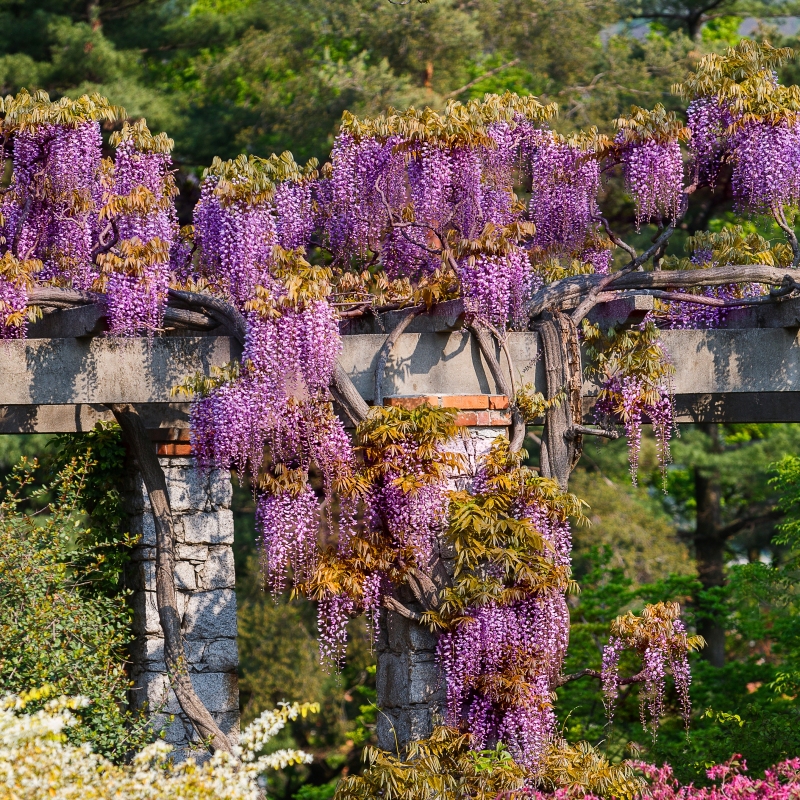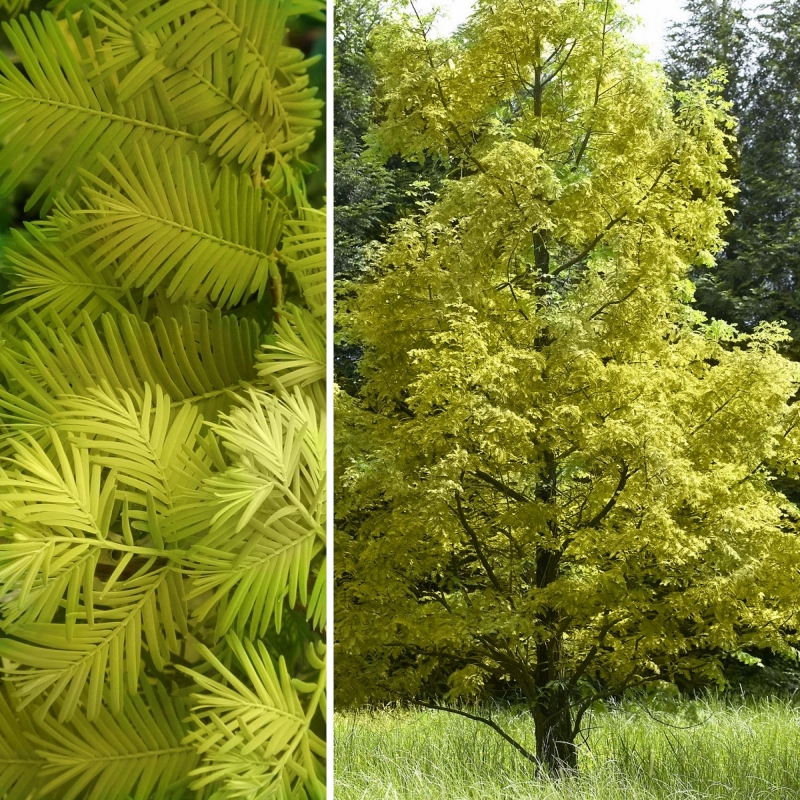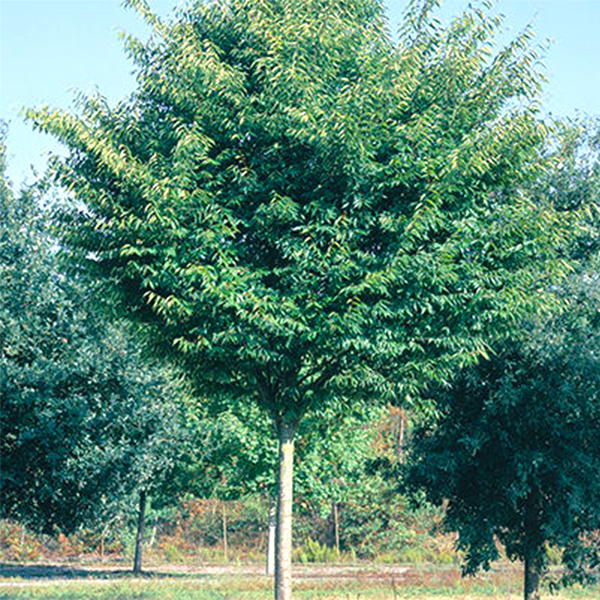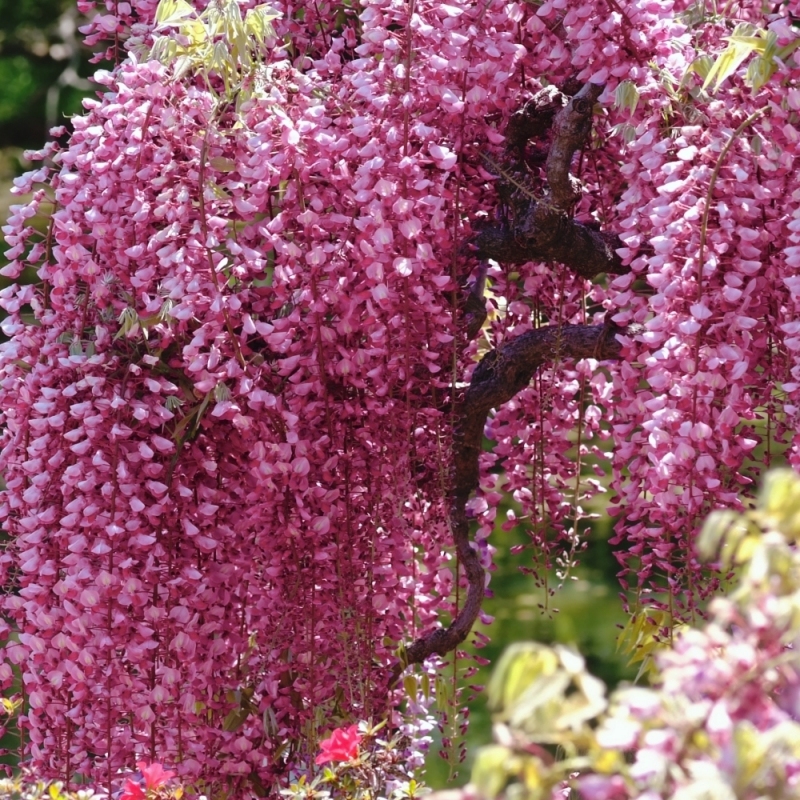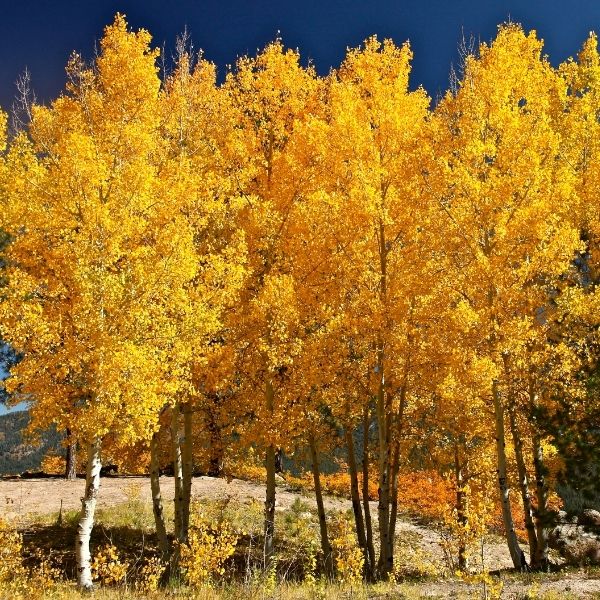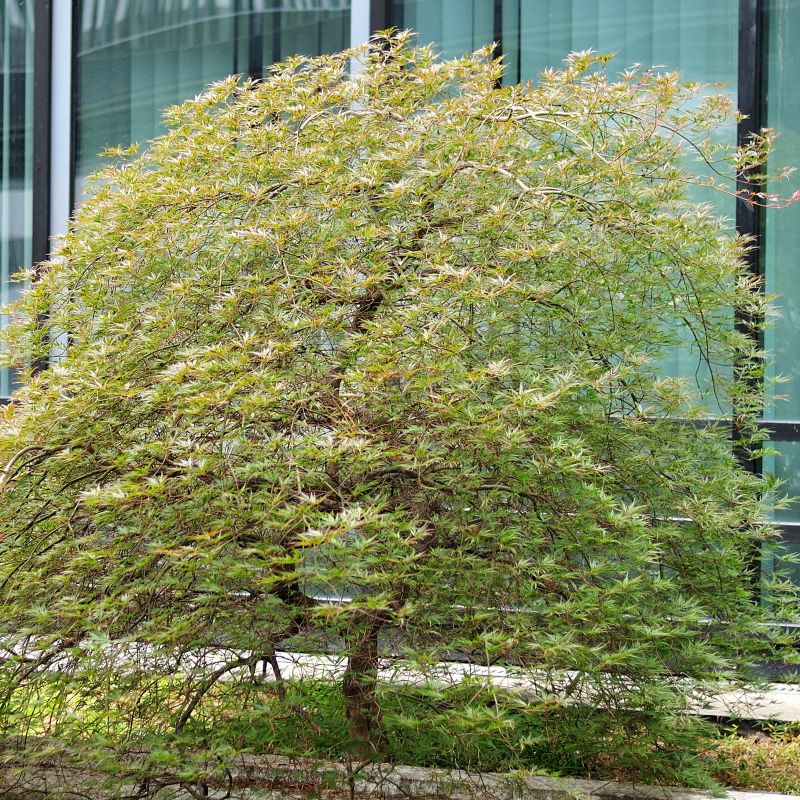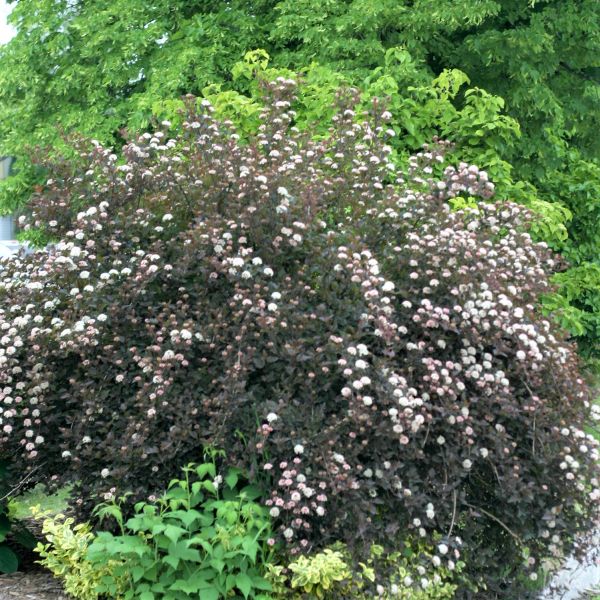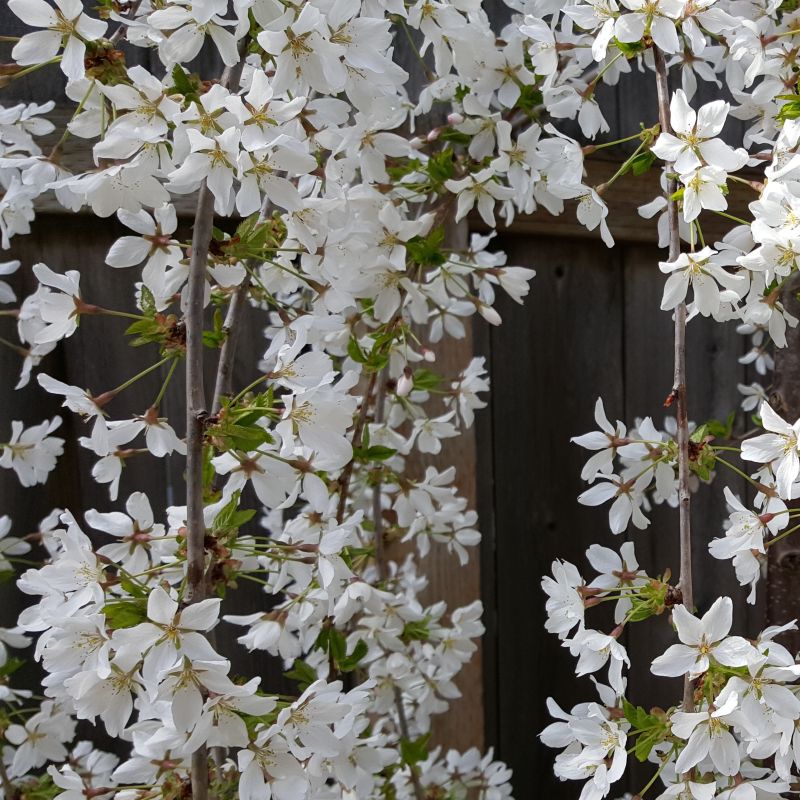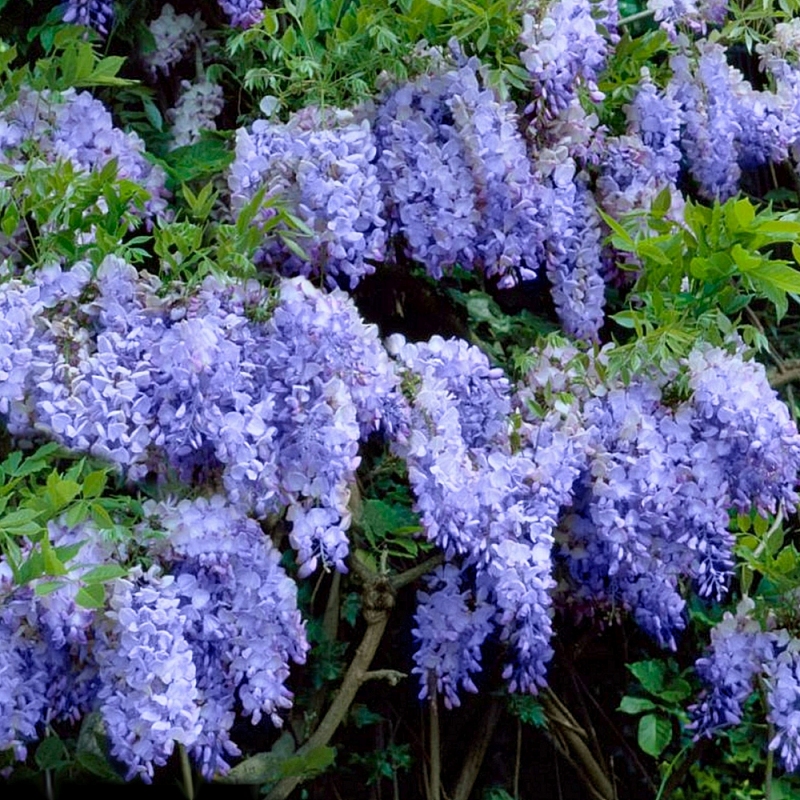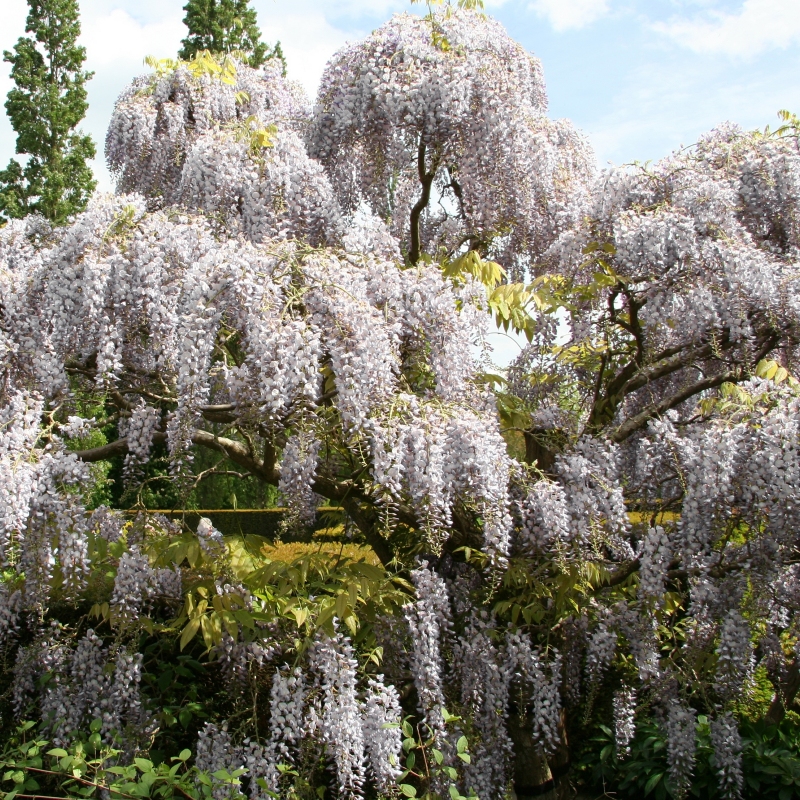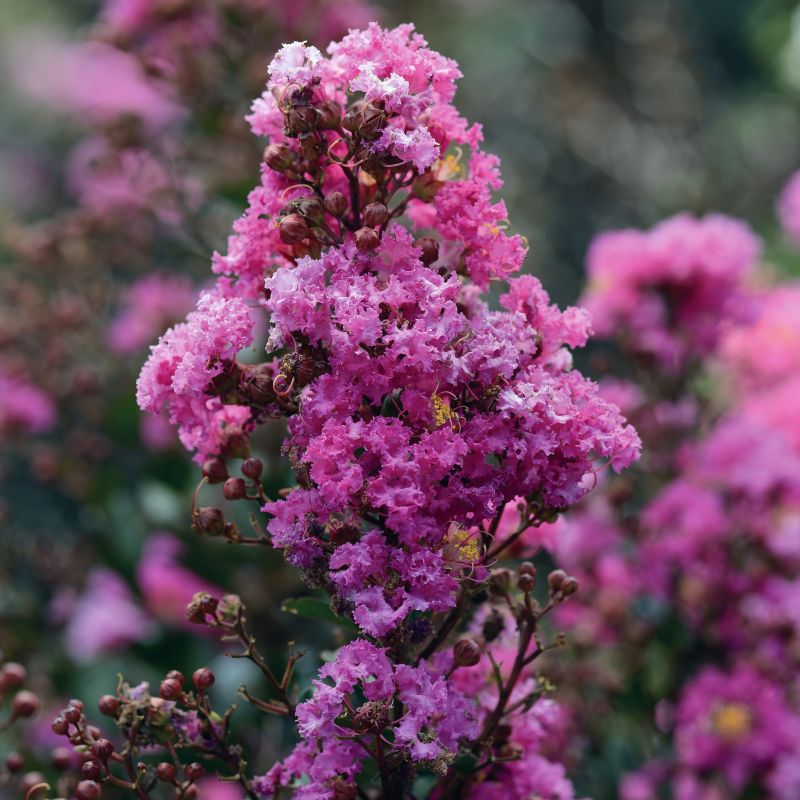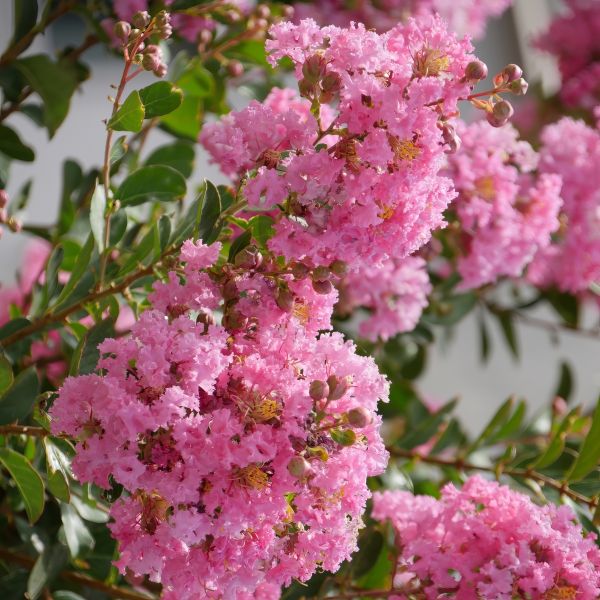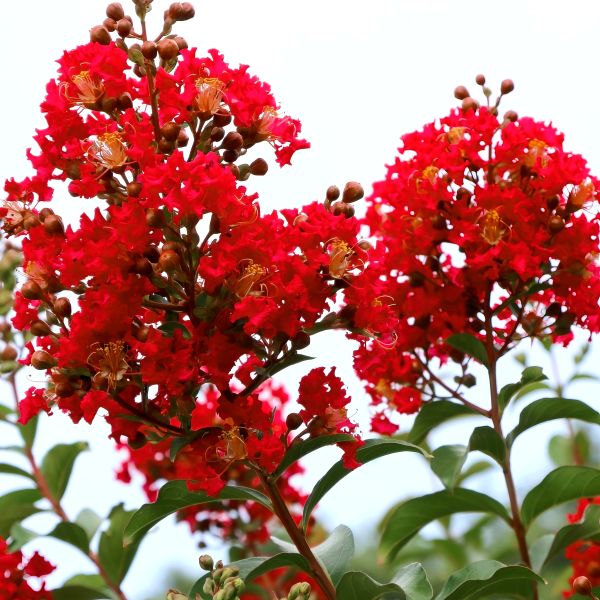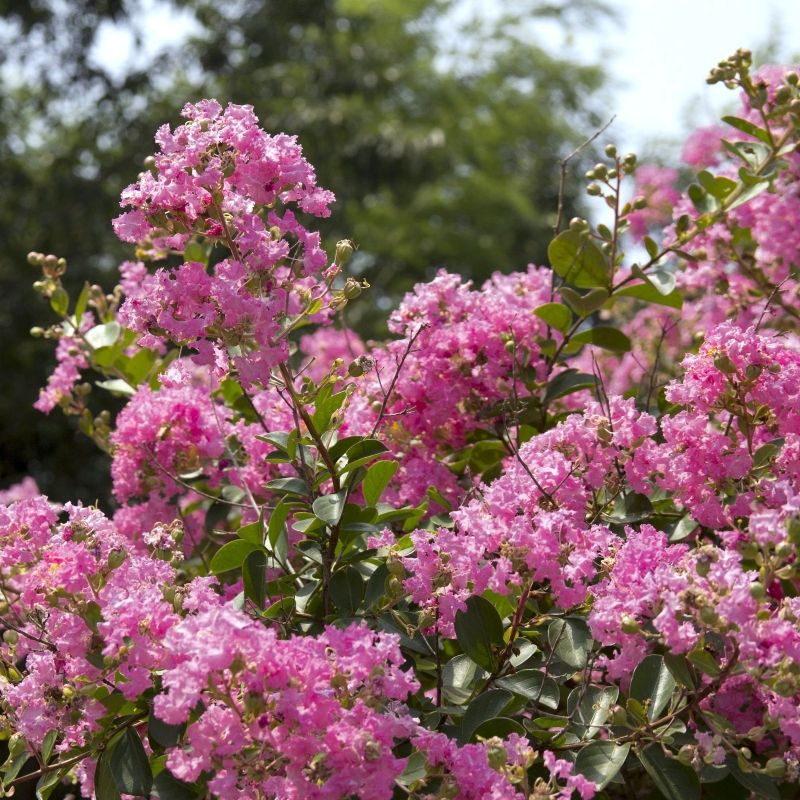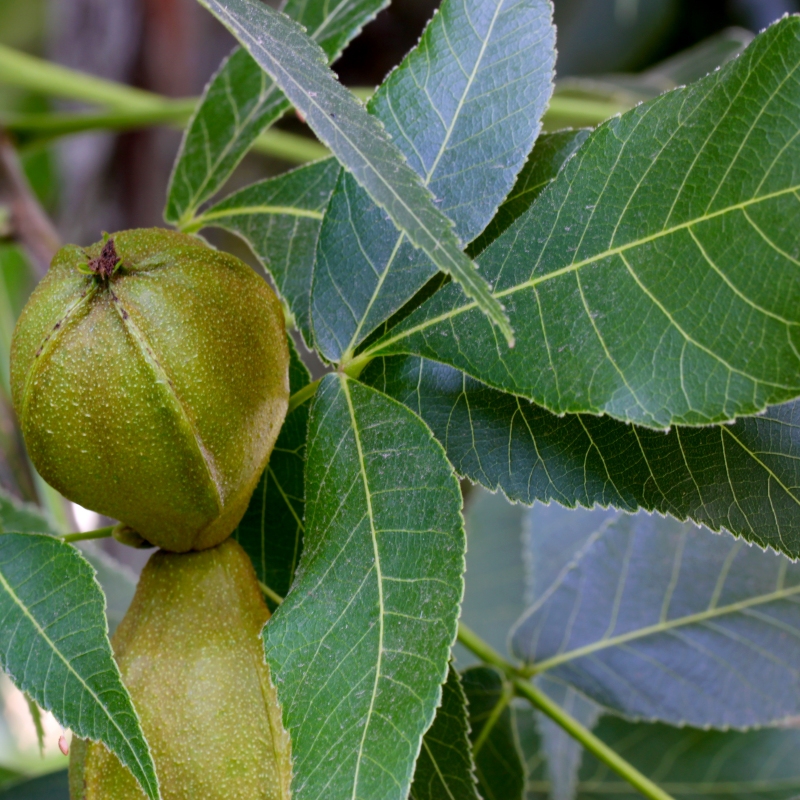

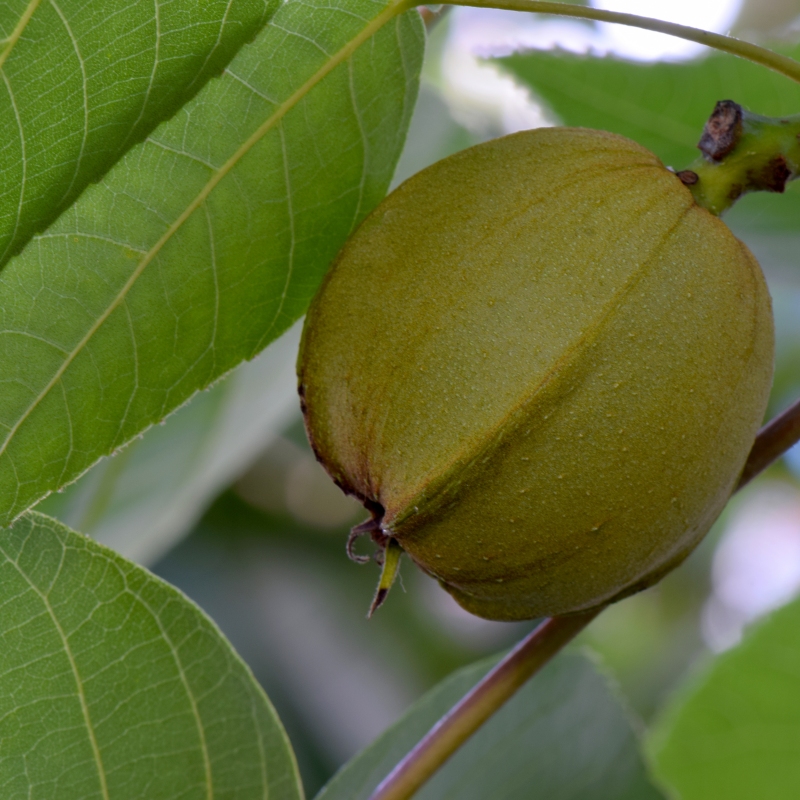
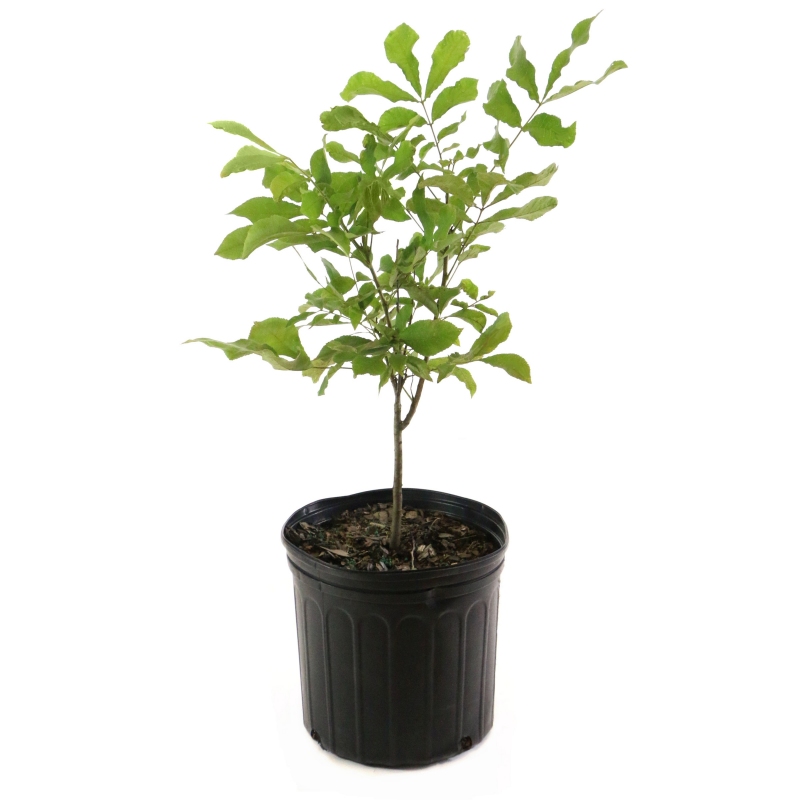
Pignut Hickory Tree
Carya glabra Pignut Hickory
8 reviews
Pignut Hickory Tree
Carya glabra Pignut Hickory
8 reviews
- Beautiful and unique foliage that provides shade and adds visual interest to any landscape
- Produces delicious and nutritious nuts that are a favorite among wildlife, such as squirrels and birds
- Hardy and low maintenance tree that can thrive in a variety of soil types and climates
- Recommended by landscape designers for optimal fit in real yards
$86.00
$123.00
30% Off
- Ships to 43215 in 3-5 Days
- Free Shipping Over $150
- Plant Arrival Guarantee
- In Stock
- Free Plant Consult
$200 - Landscape-Approved: Every Plant We Sell Comes With Design Expertise Behind It
Trade 3 Gallon
We are sorry, product is currently out of stock due to seasonal availability. Please check the "Related plants available in your area" section below
Not just beautiful - intentionally selected by ShrubHub's 3D landscape design team to fit real-world spaces and maximize yard potential.
Why Pignut Hickory Tree?
Pignut Hickory trees are medium to large deciduous trees native to eastern North America. They are known for their distinctive peeling bark, compound leaves, and edible nuts that are a favorite of wildlife. Pignut Hickory trees are commonly used for lumber, tool handles, and smoking meats. They prefer well-drained soil and full sun, making them a popular choice for landscaping in their native range.
Related plants available in your area
Sunlight
Pignut Hickory trees require full to partial sunlight, ideally receiving at least 6 hours of direct sunlight each day. They can tolerate some shade but will thrive and produce better quality nuts in a location with ample sunlight.
Watering
Pignut Hickory trees require regular watering, especially during periods of drought or hot weather. They prefer moist soil but can tolerate some dry conditions once established. It is important to water deeply and consistently to encourage healthy root dev
Fertilizing
Pignut Hickory trees benefit from a balanced fertilizer that is rich in nitrogen and potassium. A slow-release fertilizer applied in early spring or late fall can help promote healthy growth and development. It is important to avoid over-fertilizing to pre
Pignut Hickory Tree (Carya glabra Pignut Hickory)
The Pignut Hickory Tree, scientifically known as Carya glabra Pignut Hickory, is a large deciduous tree that is native to eastern North America. It typically grows to a height of 50-80 feet and has a spread of 25-45 feet. The tree is known for its straight trunk and rounded crown, making it a popular choice for landscaping in parks and large gardens.
The Pignut Hickory Tree produces compound leaves that are dark green in color and turn a vibrant yellow in the fall. Its bark is gray and furrowed, adding to its aesthetic appeal. In the spring, the tree produces small, green flowers that give way to edible nuts that are a favorite among wildlife, especially squirrels.
When planting a Pignut Hickory Tree, it is important to choose a location with well-drained soil and full sun exposure. The tree is relatively low maintenance once established and is tolerant of a wide range of soil conditions. It is also resistant to pests and diseases, making it an attractive option for homeowners looking for a long-lasting addition to their landscape.
Overall, the Pignut Hickory Tree is a beautiful and practical choice for those looking to add shade, wildlife interest, and fall color to their outdoor space.
Plant Information:
| Botanical Name: | Carya glabra Pignut Hickory |
| USDA Zones: | 4 - 9 |
| Mature Height: | 80 ft |
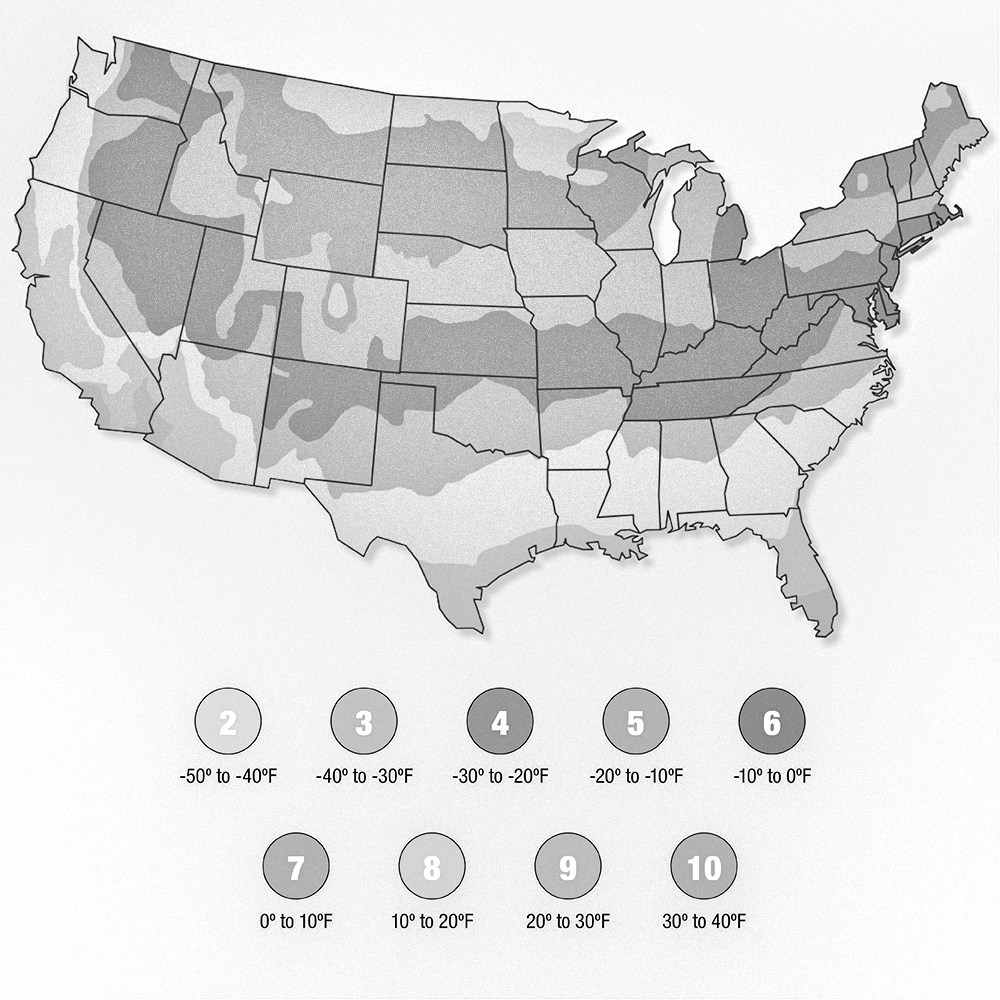
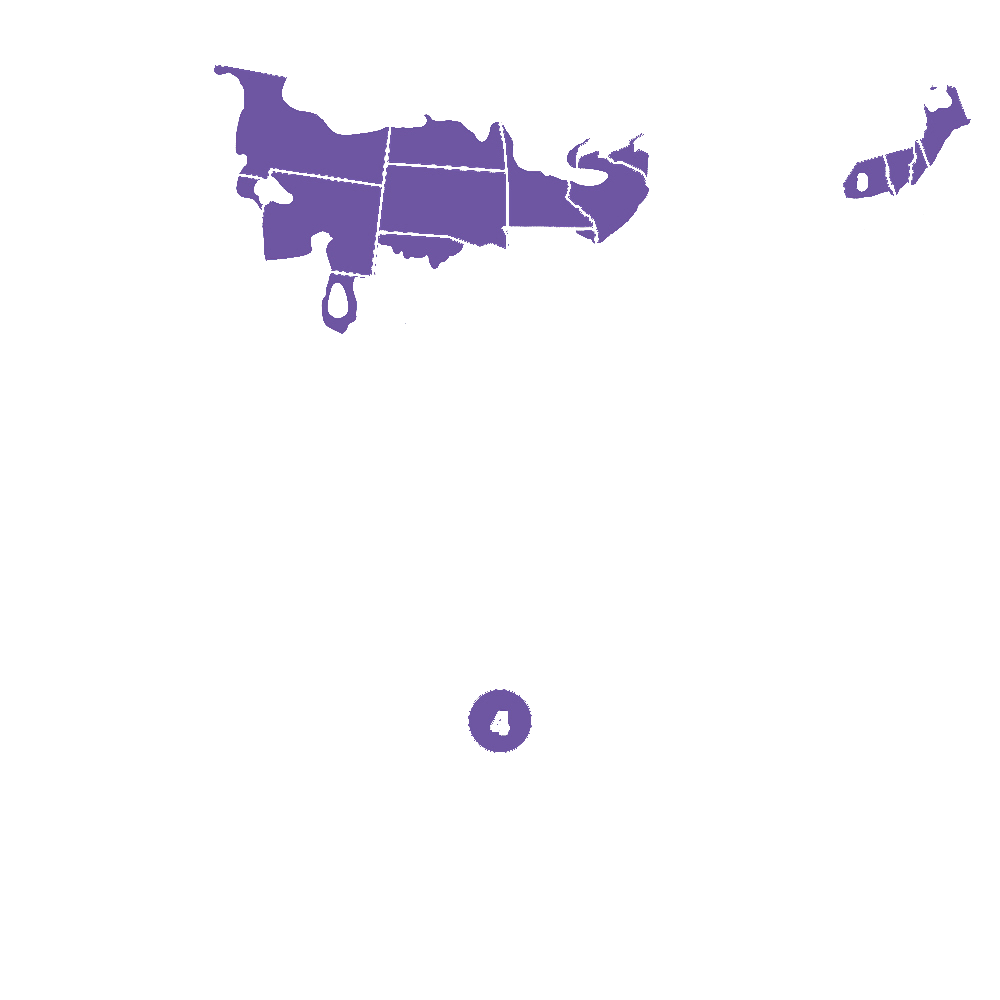
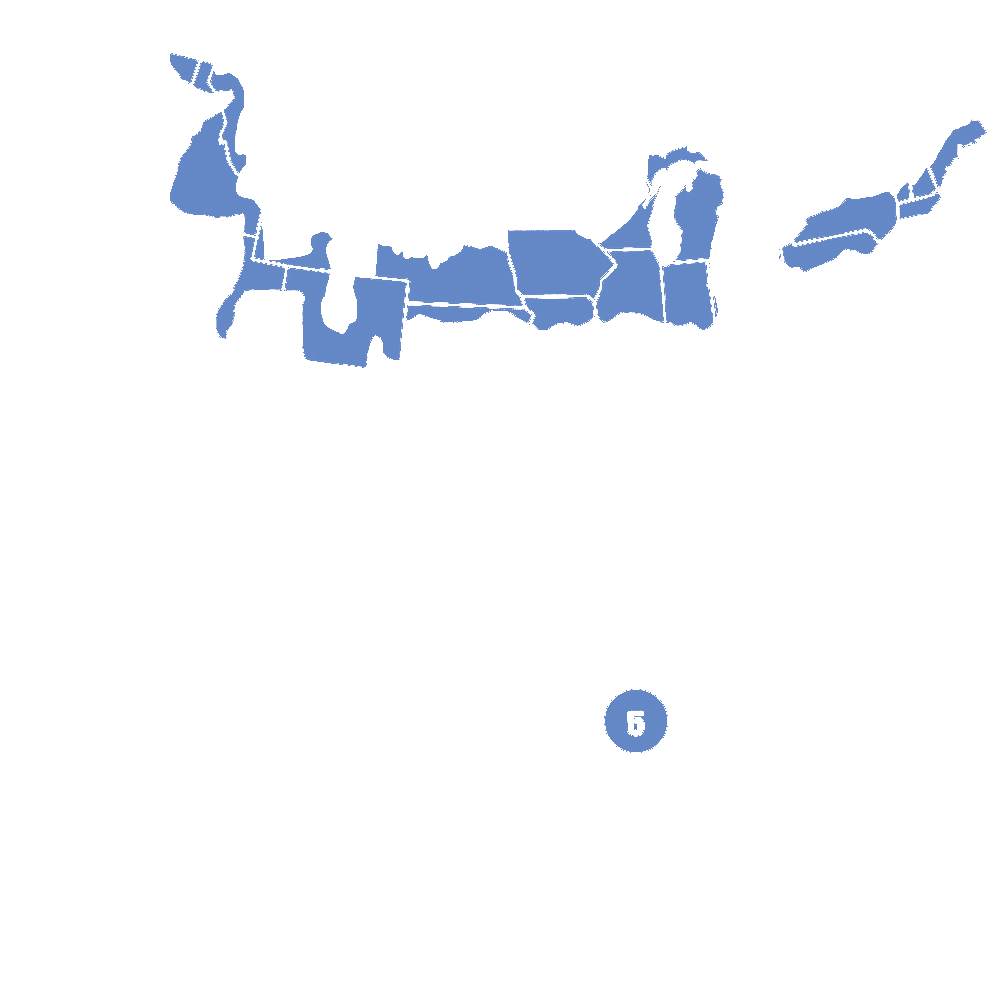
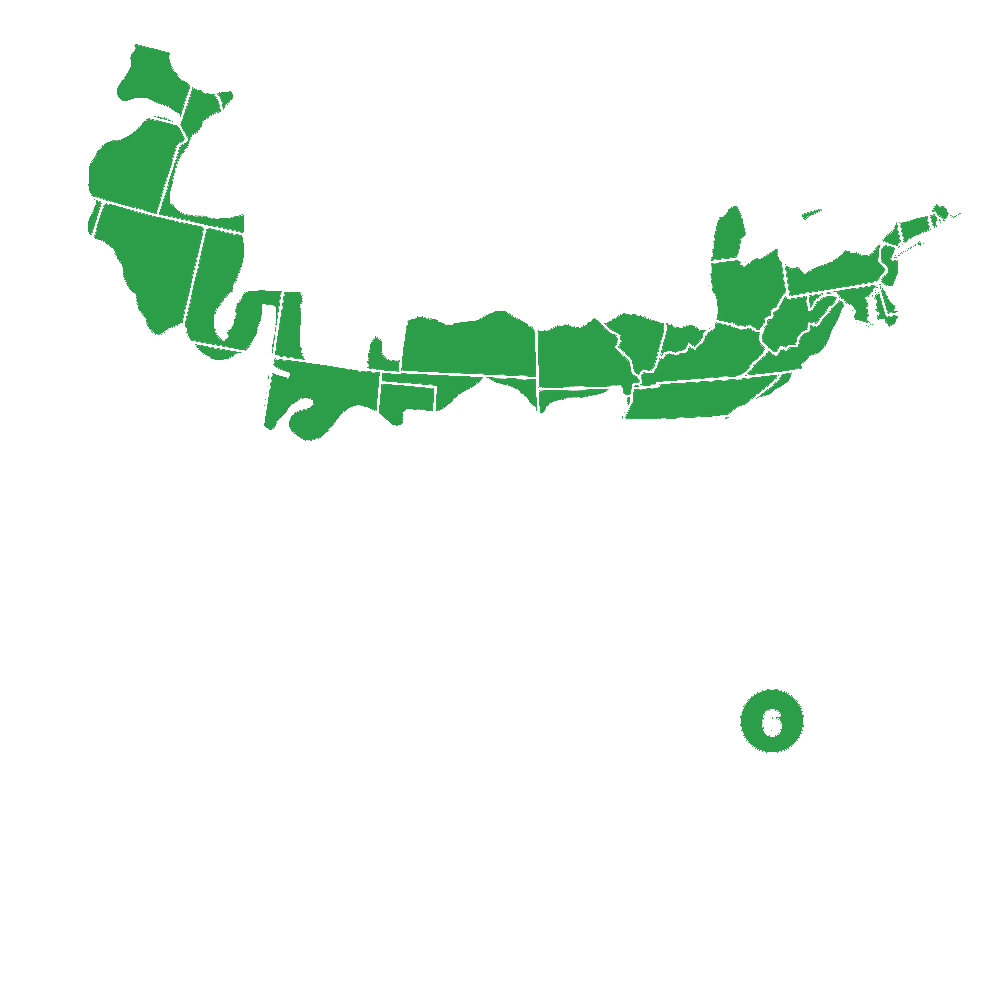
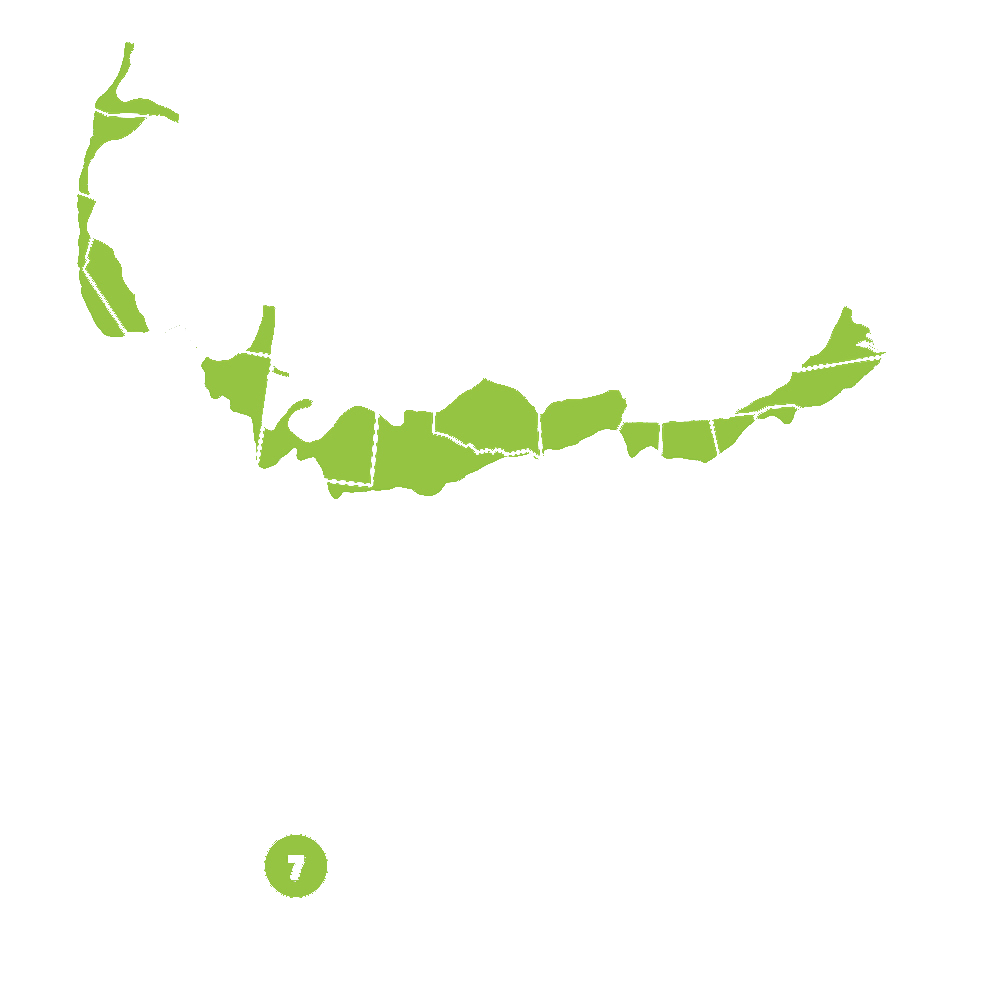

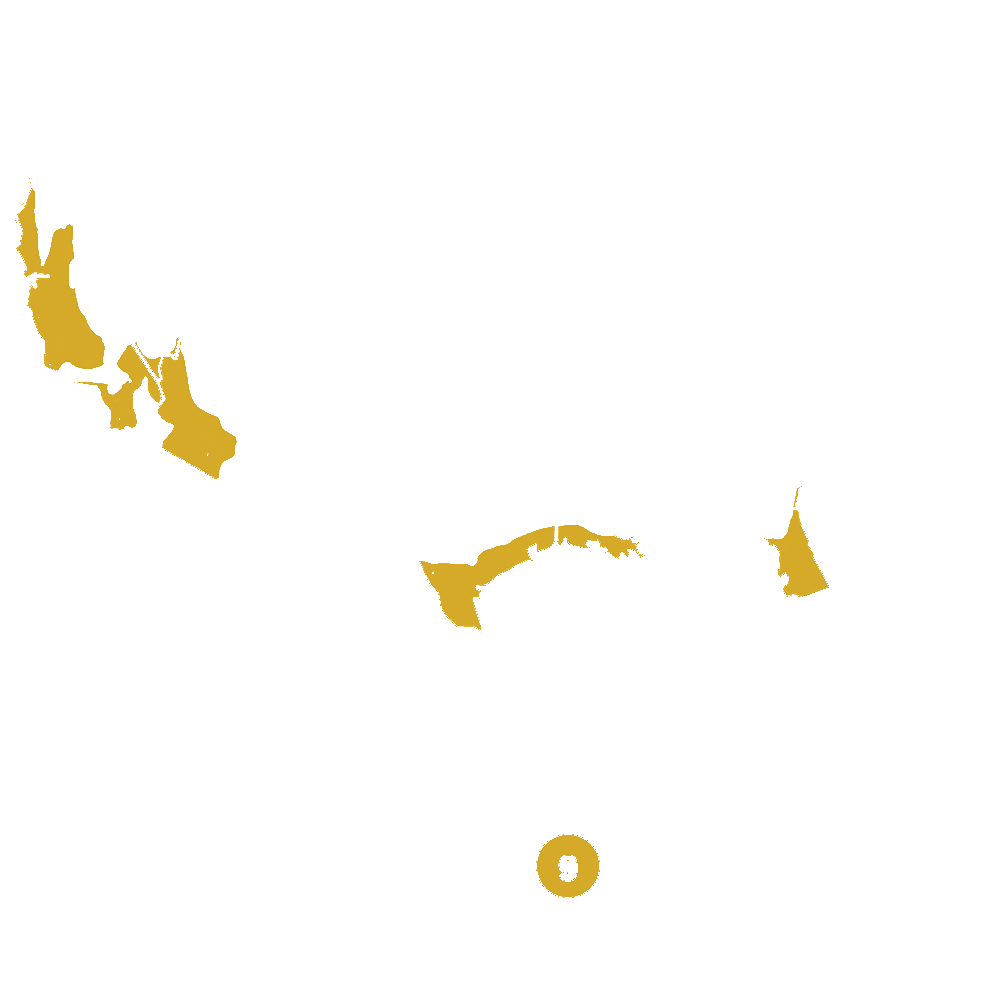
Pollination Info
Pollination Information for Pignut Hickory Tree (Carya glabra Pignut Hickory)
Pignut Hickory trees are monoecious, meaning they have separate male and female flowers on the same tree. The tree blooms in spring, usually around April or May, with the male flowers producing pollen and the female flowers developing into small nuts.
Pollination Process:
The pollination of Pignut Hickory trees is typically done by wind. The male flowers release pollen into the air, which is carried by the wind to the female flowers on the same tree or nearby trees. The female flowers are then fertilized, leading to the development of the small hickory nuts.
Importance of Pollination:
Pollination is essential for Pignut Hickory trees to produce nuts. Without proper pollination, the female flowers will not develop into nuts, affecting both the tree's reproduction and the wildlife that rely on hickory nuts as a food source.
Attracting Pollinators:
While Pignut Hickory trees primarily rely on wind pollination, they can also benefit from attracting pollinators such as bees and other insects. Planting flowering plants nearby can help attract pollinators to the area, increasing the chances of successful pollination for the hickory trees.
FAQ
Pignut Hickory Tree (Carya glabra Pignut Hickory) FAQ
What is a Pignut Hickory Tree?
A Pignut Hickory Tree, scientifically known as Carya glabra Pignut Hickory, is a deciduous tree native to eastern North America. It is known for its distinctive bark and tasty nuts.
How tall does a Pignut Hickory Tree grow?
A Pignut Hickory Tree typically grows to be 60-80 feet tall, with a spread of 25-35 feet. It has a narrow, oval crown and can reach a height of up to 100 feet in optimal conditions.
What are the characteristics of Pignut Hickory Tree leaves?
Pignut Hickory Tree leaves are compound, with 5-7 leaflets. Each leaflet is lance-shaped and serrated on the edges. The leaves turn a beautiful yellow color in the fall before dropping off.
When do Pignut Hickory Trees produce nuts?
Pignut Hickory Trees typically produce nuts in the fall. The nuts are round with a pointed end and are encased in a hard shell. They are a favorite food source for squirrels and other wildlife.
How do I care for a Pignut Hickory Tree?
Pignut Hickory Trees prefer well-drained, acidic soil and full sun. They are relatively low-maintenance once established but may benefit from occasional pruning to remove dead or diseased branches.
Are Pignut Hickory Trees prone to any diseases or pests?
Pignut Hickory Trees are generally resistant to most pests and diseases. However, they can be susceptible to powdery mildew, leaf spot, and hickory bark beetle infestations. Proper care and maintenance can help prevent these issues.
Can I grow a Pignut Hickory Tree in my backyard?
Yes, Pignut Hickory Trees can be grown in residential yards as long as there is enough space for the tree to reach its mature size. They are a great choice for wildlife enthusiasts and those looking to add a unique native tree to their landscape.
Planting & Care
Planting and Care for Pignut Hickory Tree
Pignut Hickory trees (Carya glabra) are native to eastern North America and are known for their strong wood and edible nuts. Here are some tips for planting and caring for a Pignut Hickory tree:
Planting:
- Choose a location with full sun and well-drained soil.
- Dig a hole that is twice as wide and slightly shallower than the root ball of the tree.
- Place the tree in the hole, making sure the root flare is at ground level.
- Backfill the hole with soil and water thoroughly.
- Mulch around the base of the tree to help retain moisture.
Care:
- Water the tree regularly, especially during dry periods.
- Prune dead or diseased branches as needed.
- Fertilize the tree in the spring with a balanced fertilizer.
- Protect the tree from damage by animals, such as deer.
- Harvest the nuts in the fall and enjoy as a tasty snack.
Check Out These Verified Customer Reviews:
Customer Reviews
4.8 out of 5 based on 8 reviews
Thank you! Your review has been submitted.
Impressed with the overall experience, highly recommend Carya.
Website was easy to use, found exactly what I wanted.
Great quality hickory tree, very healthy.
Item has been added to your cart.

